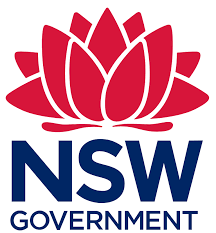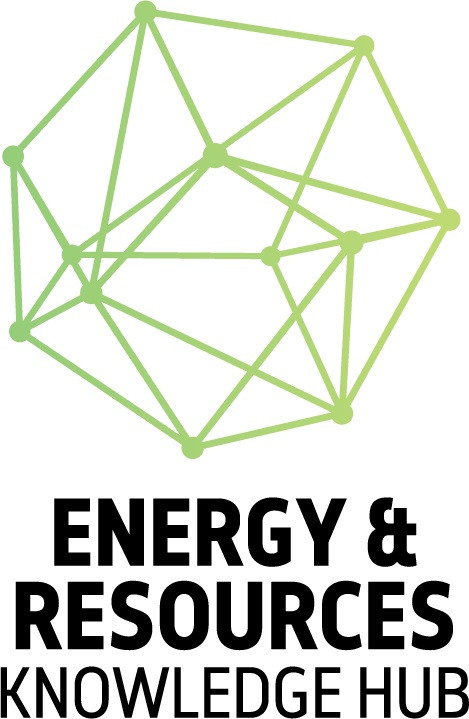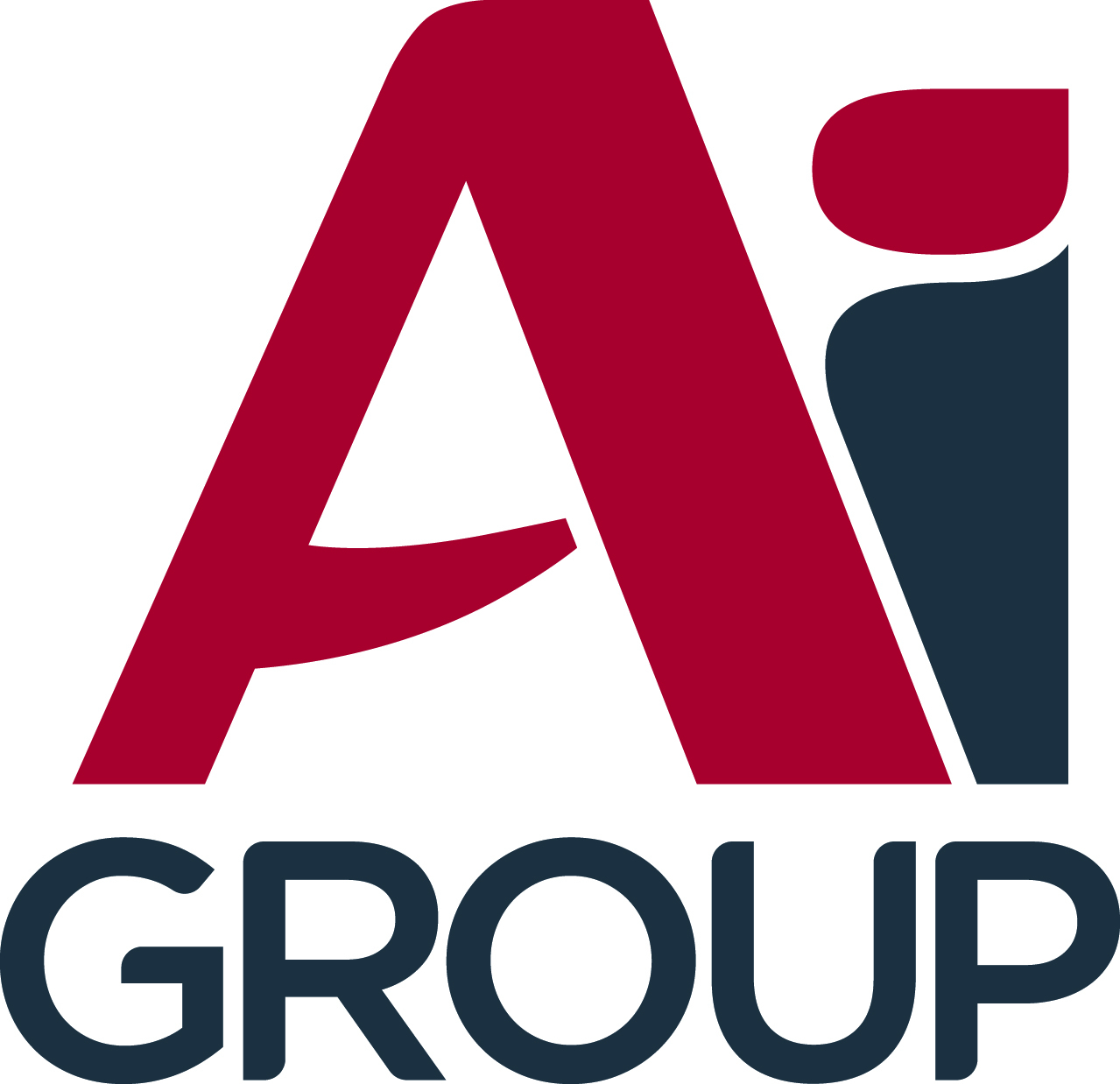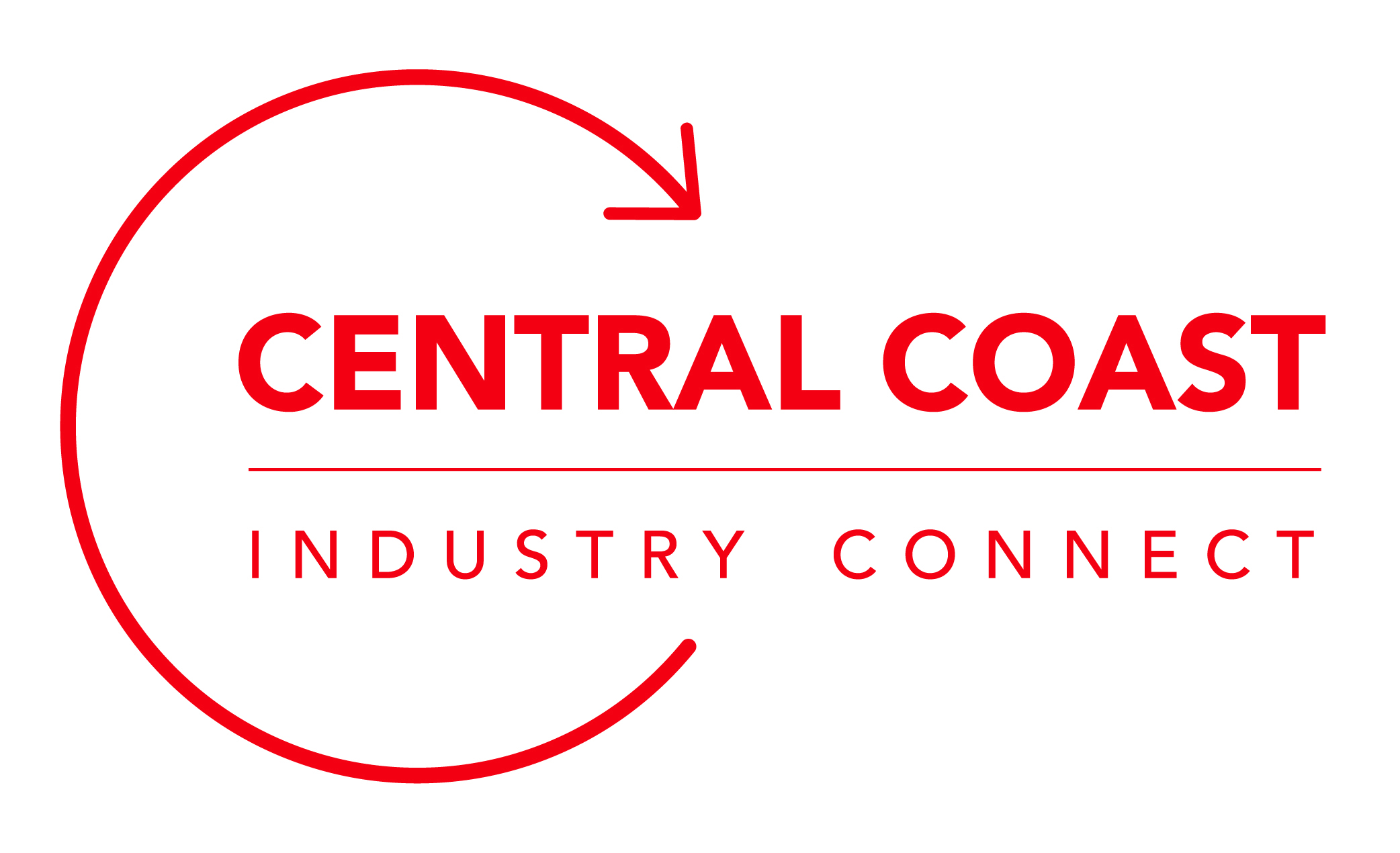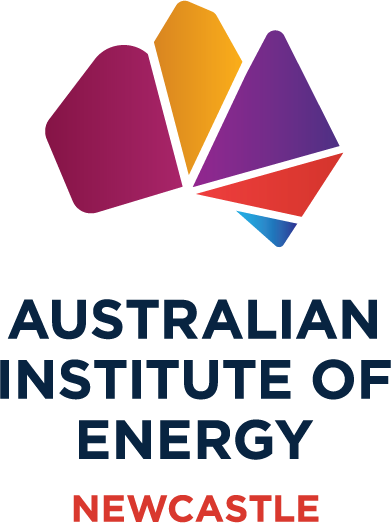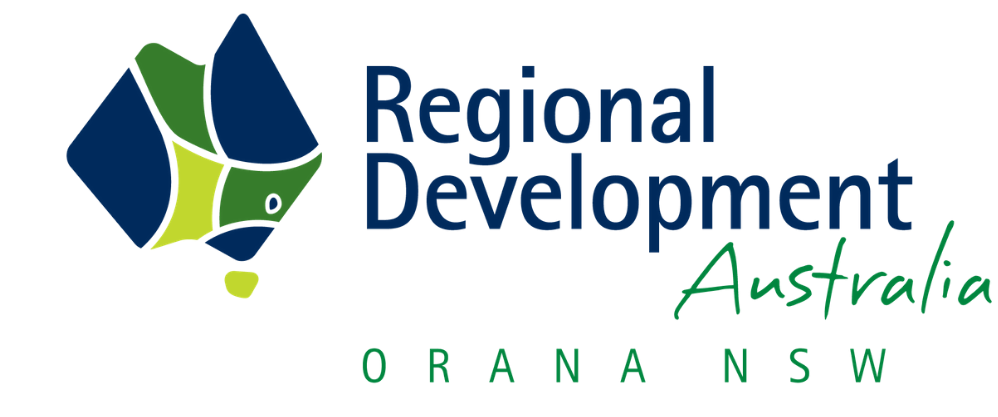National Gas Regulatory Framework extending to hydrogen blends and renewable gases
On 28 October 2022, Energy Ministers agreed to amendments to the National Gas Law and Regulations to bring hydrogen blends, biomethane and other renewable gases under the national gas regulatory framework.
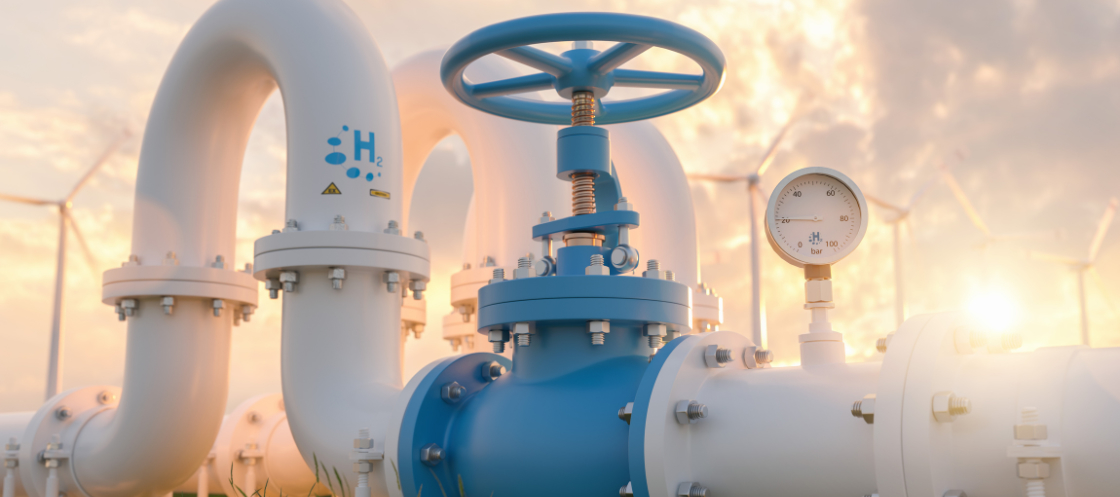
Energy Ministers have agreed to reforms on 28 October 2022 that extend the national gas regulatory framework to hydrogen, biomethane and other renewable gases.
This agreement comes an expedited reform process prompted by the findings of the National Hydrogen Strategy, including two rounds of public consultation, and has been developed in collaboration with the Australian Energy Market Commission (AEMC), Australian Energy Market Operator (AEMO), Australian Energy Regulator and the Western Australian Economic Regulation Authority (ERA).
This decision will foster the development of a competitive and efficient hydrogen and renewable gas industry, and provides a nationally consistent approach to gas pipeline regulation for all covered gases.
Previously, the National Gas Law (NGL) and the National Energy Retail Law (NERL) referred only to ‘natural gas’. With projects underway to introduce hydrogen and biomethane into gas networks, this terminology has been updated to provide regulatory certainty to the emerging industry.
The NGL will now refer to ‘covered gases’. From the outset of the reforms, the list of covered gases will include:
- natural gas
- hydrogen
- biomethane
- synthetic methane
- blends of these gases.
The NERL will now refer to ‘natural gas equivalents’ (NGEs) and ‘prescribed covered gases’ (PCGs). Natural gas equivalents are gases that can be used in gas appliances, such as natural gas, biomethane, synthetic methane and low-level blends of hydrogen with these gases. Jurisdictions will be able to authorise projects supplying NGEs from the commencement of the reforms.
PCGs are gases that may require changes to networks or appliances before they can be supplied, such as 100% hydrogen. Before these gases can be supplied, a focused review is needed to understand how specific regulatory elements should be applied. Jurisdictions will be able to bring PCGs under the NERL through a National Energy Retail Regulation.
Ministers have published a policy paper outlining the final reforms. The paper includes several case studies that explain how the regulatory framework will apply to different renewable gas project types.




